Newcomb’s EMPIRE installation meshes Tulane, New Orleans history
Newcomb Art Museum’s last exhibit of the school year opened on April 13 and features more than 300 objects in honor of New Orleans’ tricentennial celebration this year.
EMPIRE was curated by Fallen Fruit, a collaborative art project by David Allen Burns and Austin Young. Laura Blereau, the curator and coordinator of academic programming at Newcomb Art Museum, assisted the duo in pieces from several collections and archives across campus, including the Louisiana Research Collection, the Tulane University Archives and the Hogan Jazz Archive.
“Students will be amazed to learn what the university owns and how these objects function at Tulane University,” Blereau said. “Not only as compelling objects of beauty and discovery, but also as vital records of the New Orleans community.”
The exhibit has quite a stunning setup, with the historical black-and-white photographs of life in New Orleans juxtaposed against the vibrant floral wallpaper that has been put up all around the museum. Some objects have obvious wear-and-tear, like the torn pages of books and the gash through an old portrait.
“Observing the age in something, be it wear-and-tear, or the type of materials and format available at the time, can be a powerful gateway to appreciating those who came before us,” Blereau said.
EMPIRE is advertised as a collection that commemorates 300 years of New Orleans history, but walking through the exhibit will not feel like reading a history textbook. Moving photographs of black children dancing in a second line can be found next to quirky feminist buttons from the ’60s, old Kappa Alpha Theta cookbooks and jars of preserved fish.
“One of the exhibition’s strengths is the great multiplicity of narratives it contains. The history of our city is revealed in a non-linear way,” Blereau said.
This exhibit was presented and commissioned by Newcomb Art Museum, Pelican Bomb and A Studio in the Woods. It will be open to the public for viewing in Woldenberg Art Center until July 7.
Your donation will support the student journalists of Tulane University. Your contribution will allow us to purchase equipment and cover our annual website hosting costs.



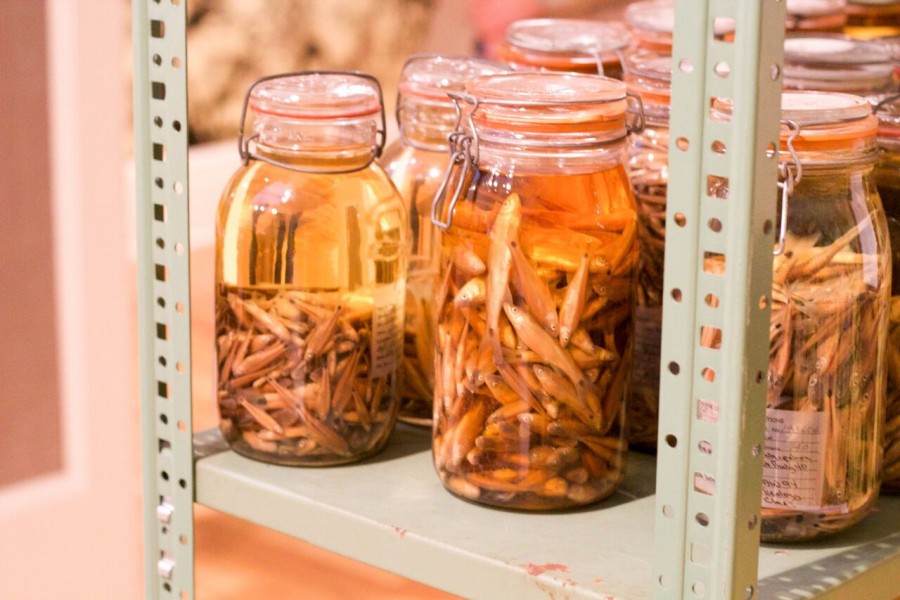
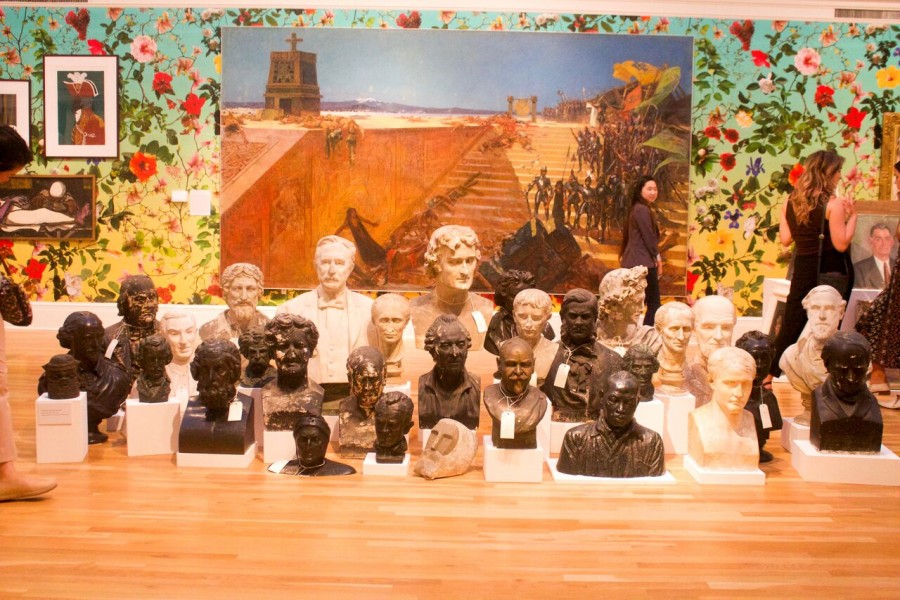
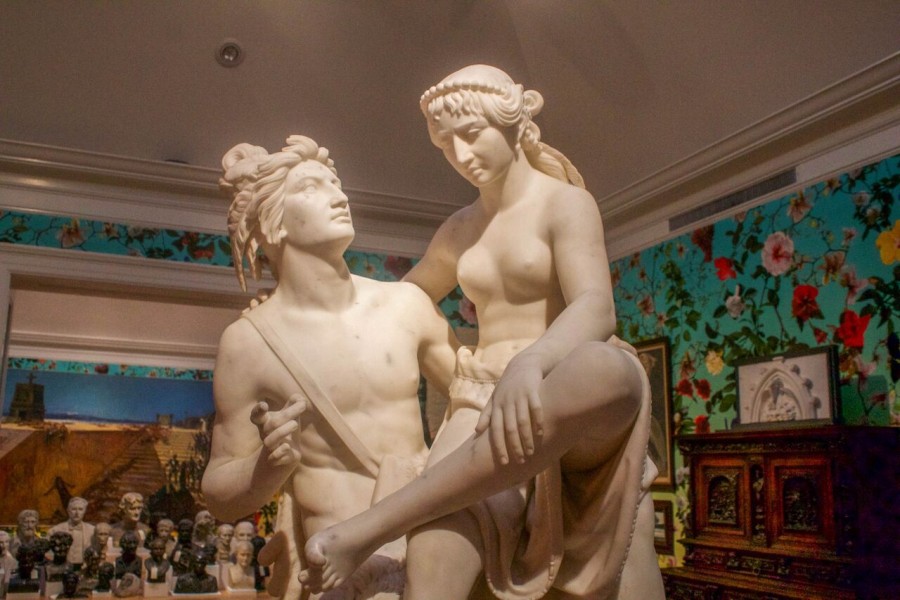
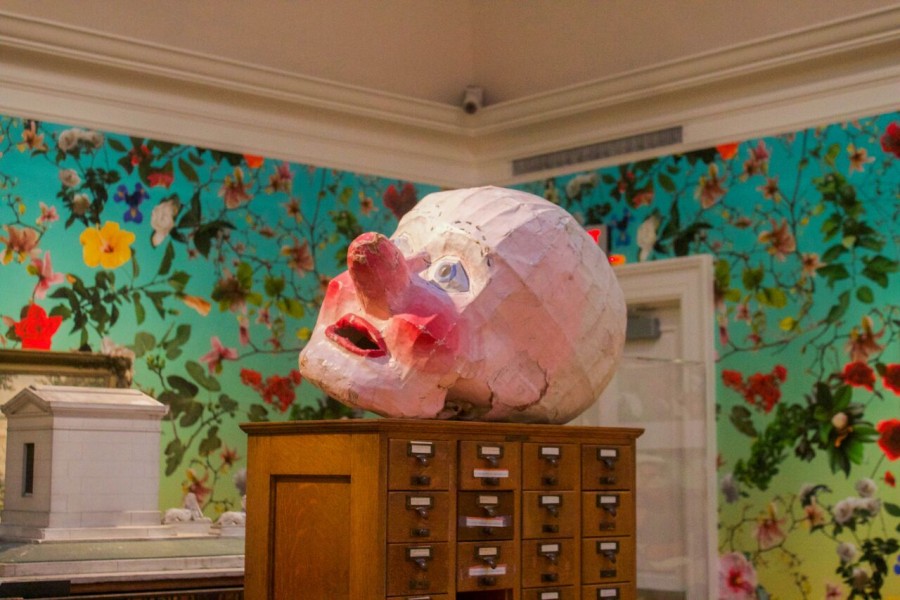
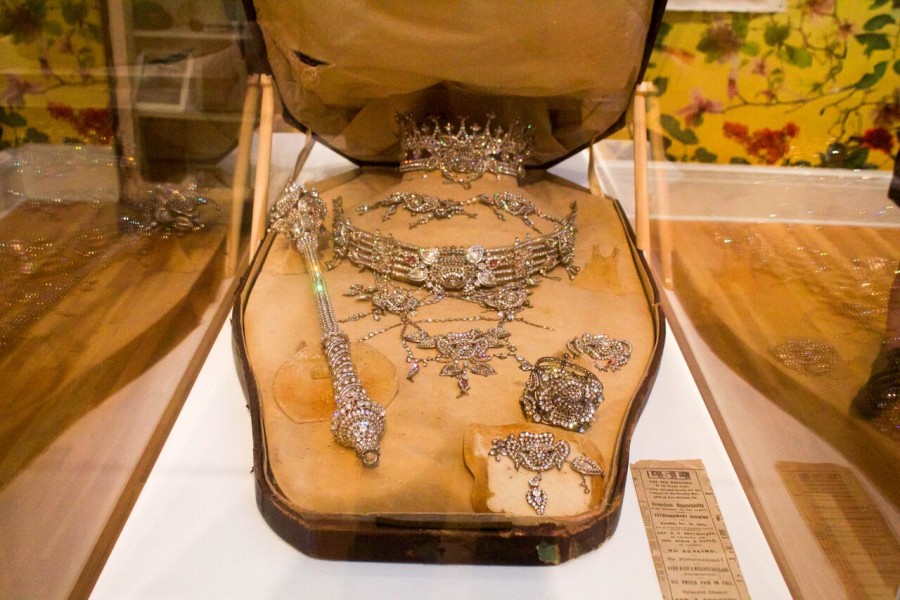
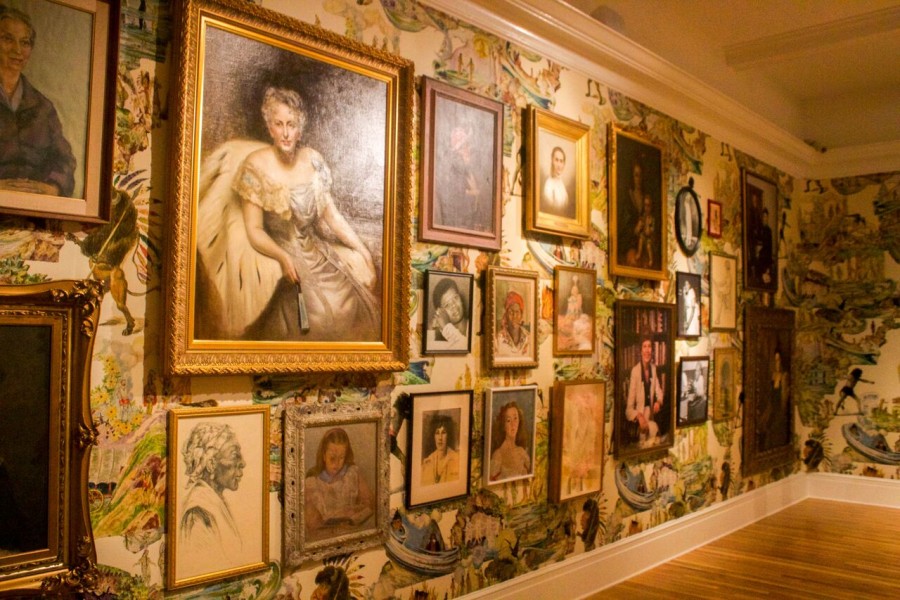
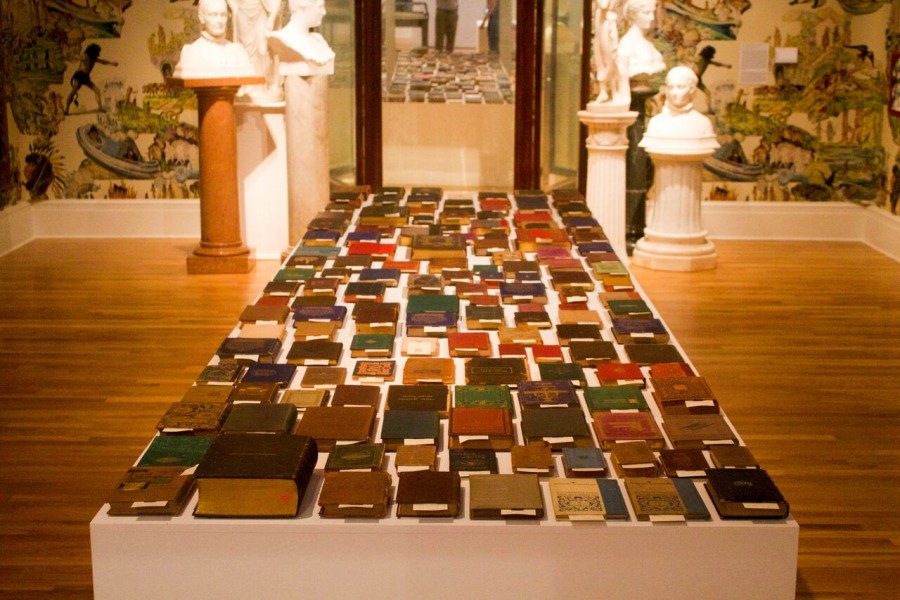
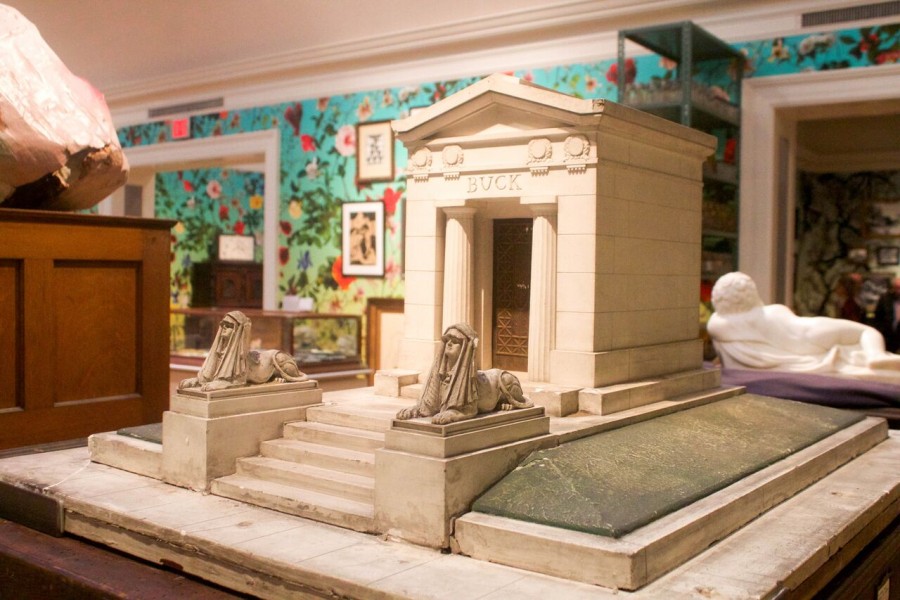
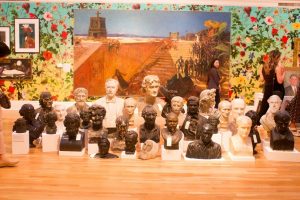
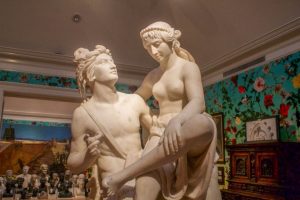
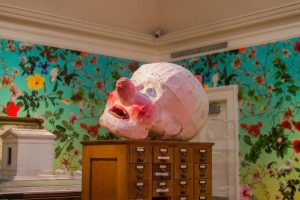
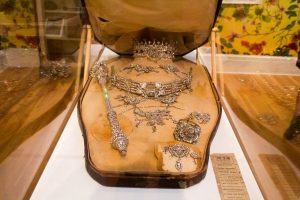
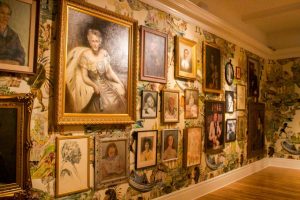
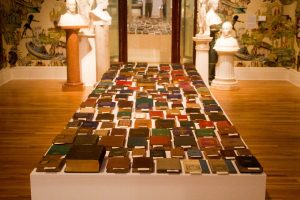
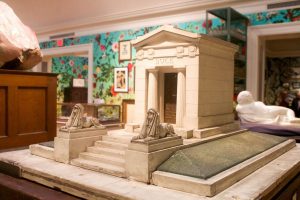


Leave a Comment